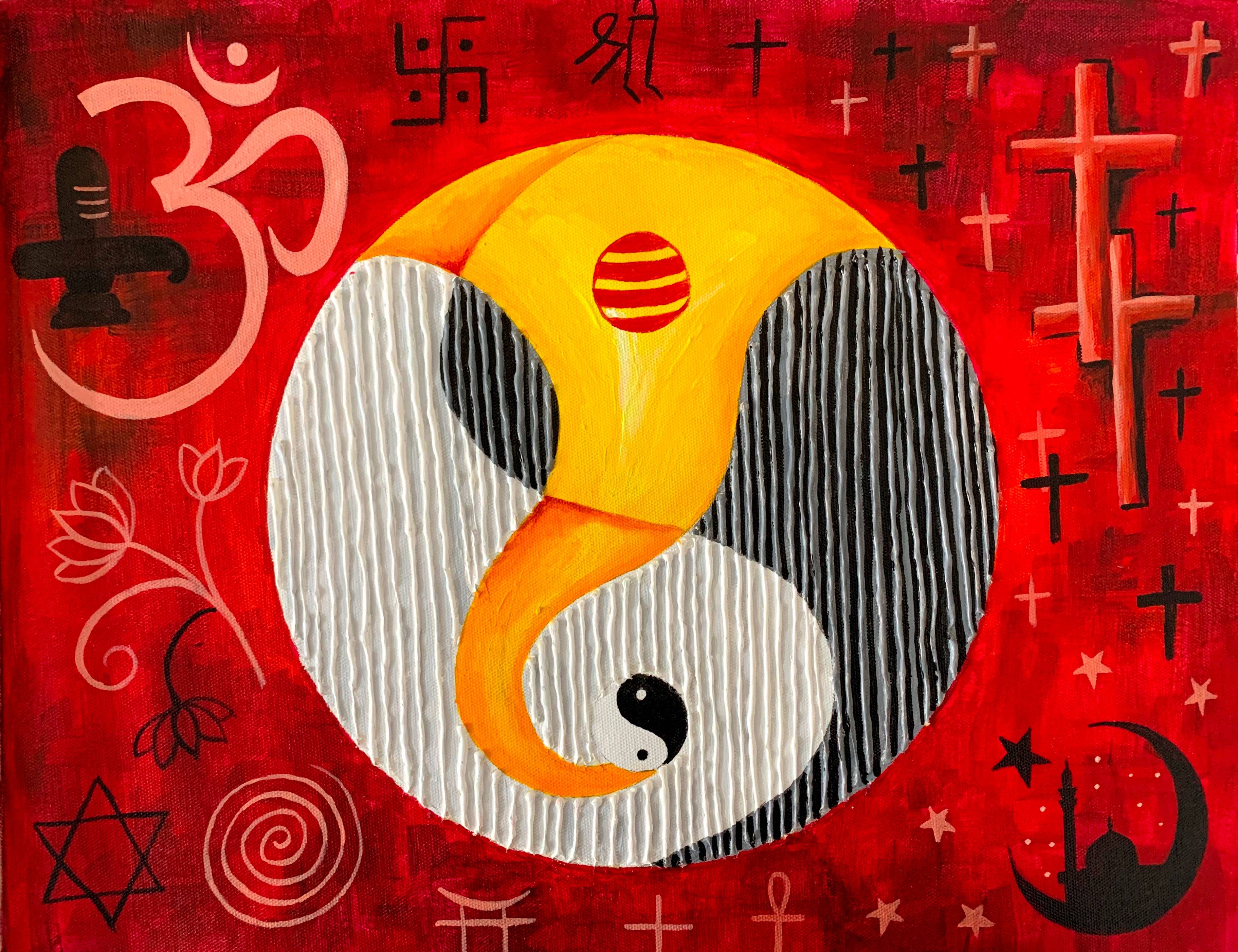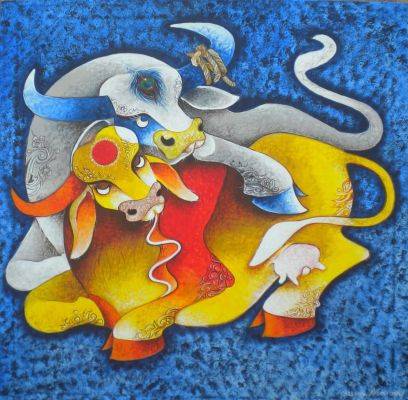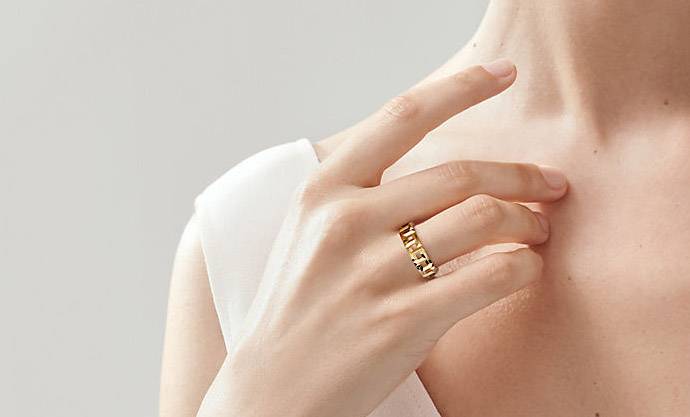Introduction
Fine art has always been a beacon of human creativity, a testament to our ability to transcend the mundane and capture the sublime. Whether through the delicate brushstrokes of a Renaissance masterpiece or the bold abstractions of contemporary works, fine art continues to captivate and inspire. In this blog, we will explore the rich history of fine art, its various forms and mediums, and its enduring significance in today's world.
The Rich History of Fine Art
The Dawn of Fine Art
The origins of fine art can be traced back to prehistoric times when early humans created cave paintings in places like Lascaux and Altamira. These early works, often depicting animals and hunting scenes, were not just expressions of creativity but also held spiritual and ritualistic significance.
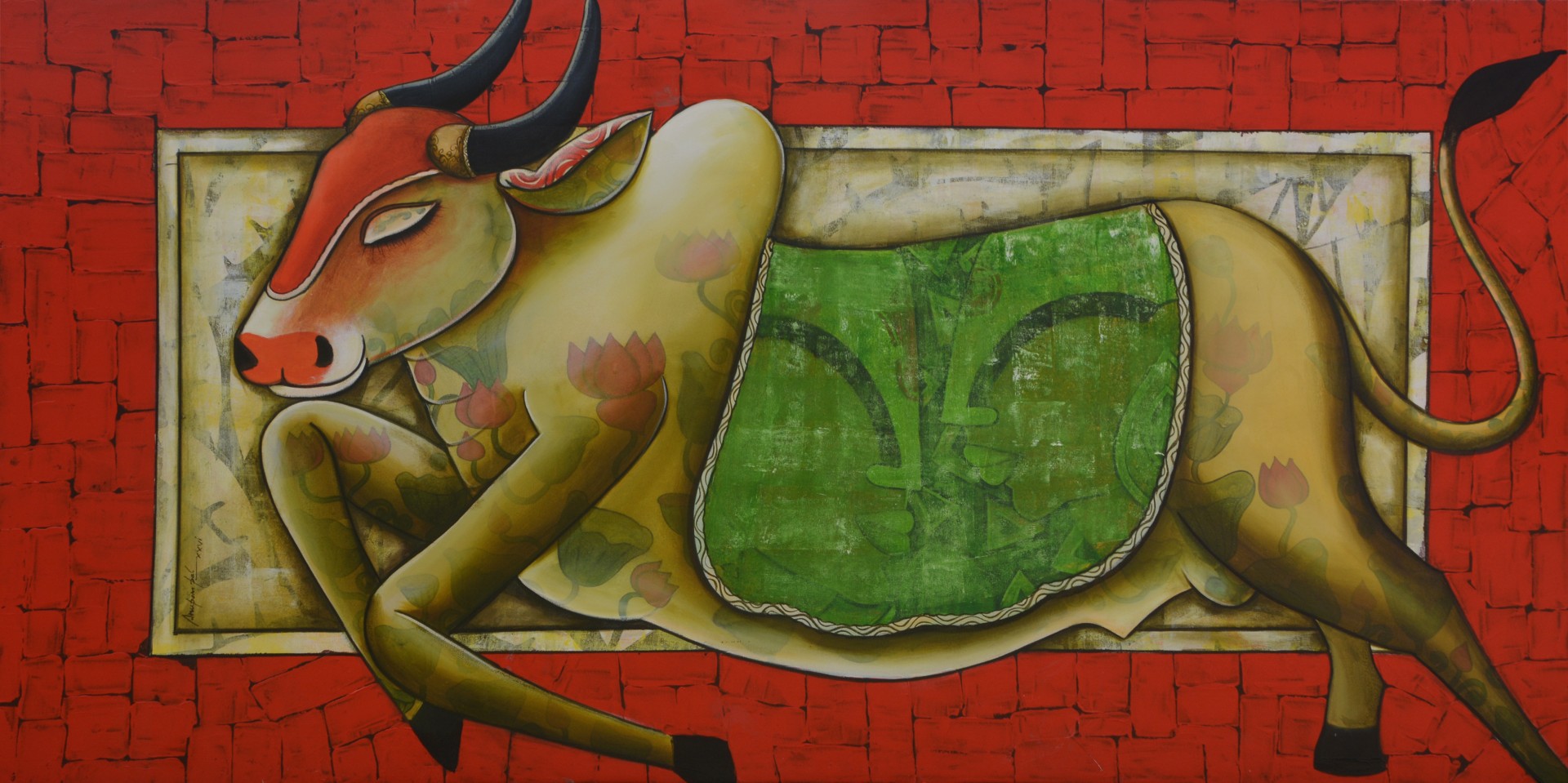
The Dawn of Fine Art
The origins of fine art can be traced back to prehistoric times when early humans created cave paintings in places like Lascaux and Altamira. These early works, often depicting animals and hunting scenes, were not just expressions of creativity but also held spiritual and ritualistic significance.
Classical Antiquity
The civilizations of ancient Egypt, Greece, and Rome made monumental contributions to fine art. Egyptian art is renowned for its iconic hieroglyphs and statues, often designed to honour gods and pharaohs. Greek art introduced the world to the ideals of beauty and proportion, as seen in sculptures like the Venus de Milo and the Parthenon friezes. Roman art, heavily influenced by Greek traditions, focused on realism and included magnificent frescoes and mosaics.
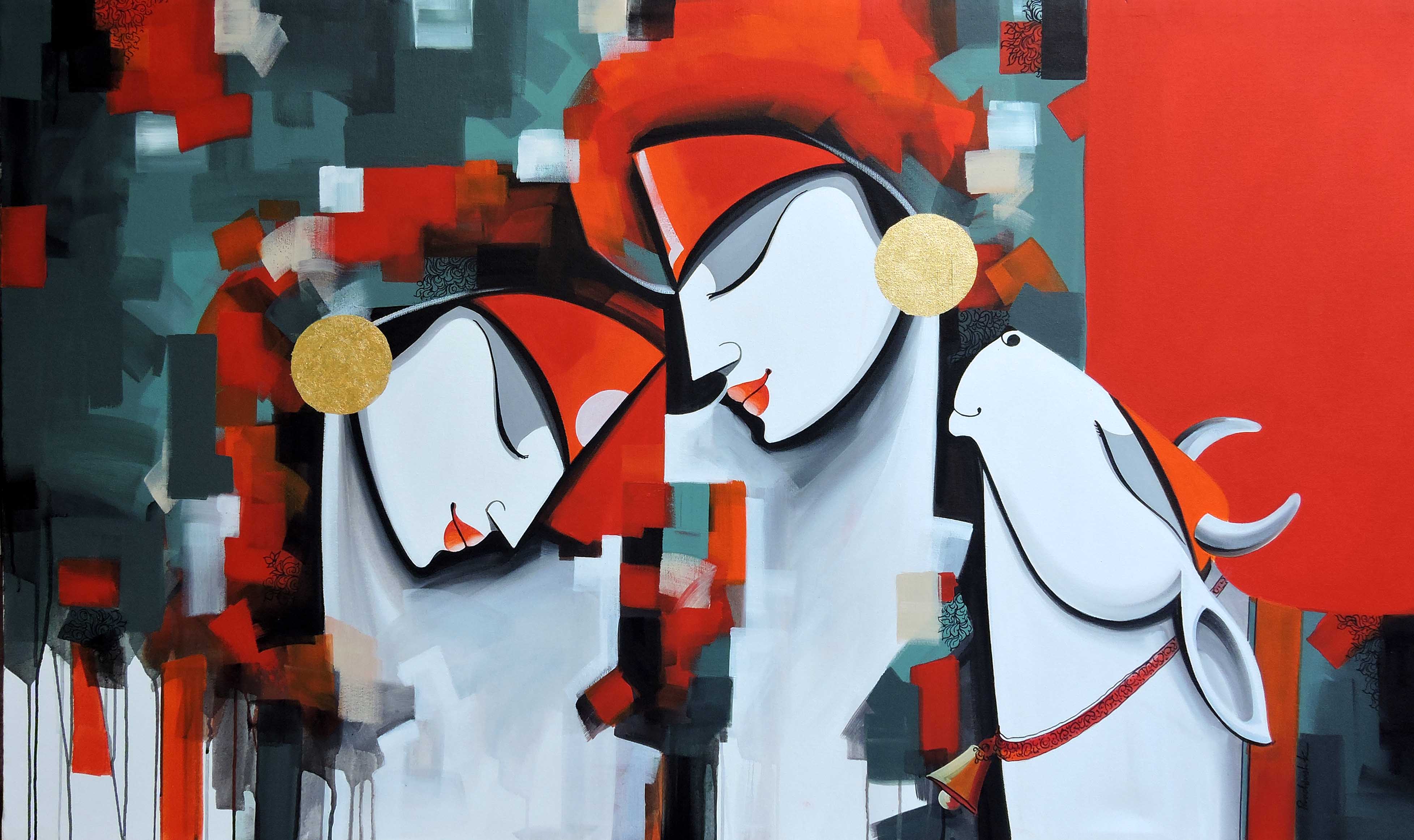
The Renaissance: A Golden Age
The Renaissance, spanning the 14th to 17th centuries, marked a rebirth of classical ideals and an explosion of artistic innovation. Masters like Leonardo da Vinci, Michelangelo, and Raphael pushed the boundaries of art, emphasizing realism, perspective, and human emotion. This period also saw the rise of patronage, with wealthy individuals and institutions commissioning works that still dazzle audiences today.
The Baroque and Rococo Eras
The 17th and 18th centuries witnessed the grandeur of Baroque and the elegance of Rococo art. Baroque artists like Caravaggio and Rembrandt used dramatic lighting and intense emotions to tell powerful stories, while Rococo artists such as Fragonard and Boucher embraced lighthearted themes and ornate details.
Modern Art Movements
The 19th and 20th centuries brought about revolutionary changes in the art world. Impressionism, led by artists like Monet and Degas, broke away from traditional techniques, capturing the fleeting effects of light and color. The advent of Cubism, spearheaded by Picasso and Braque, deconstructed forms and challenged perceptions. Abstract Expressionism, with figures like Pollock and Rothko, emphasized spontaneity and the subconscious mind.

